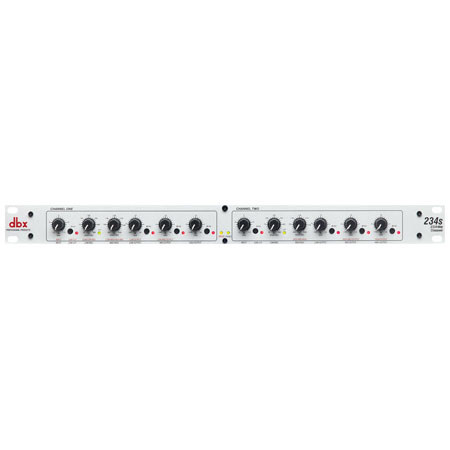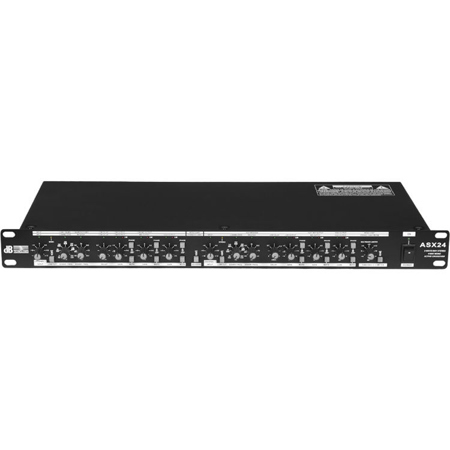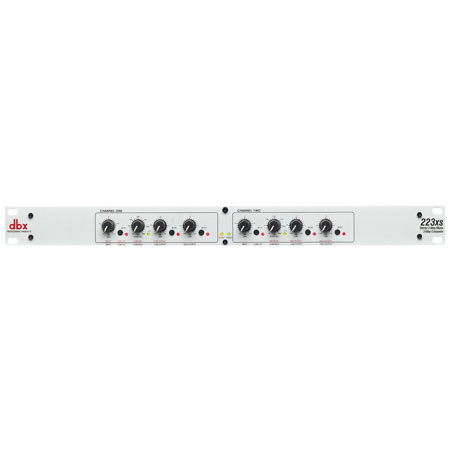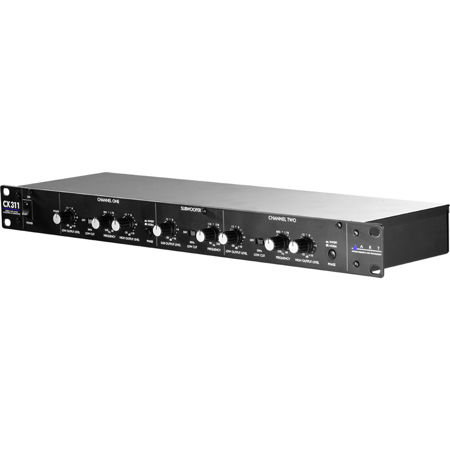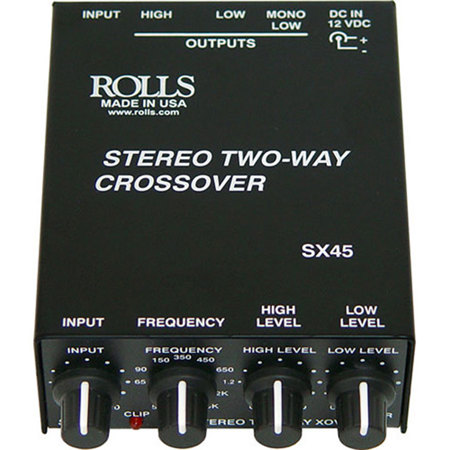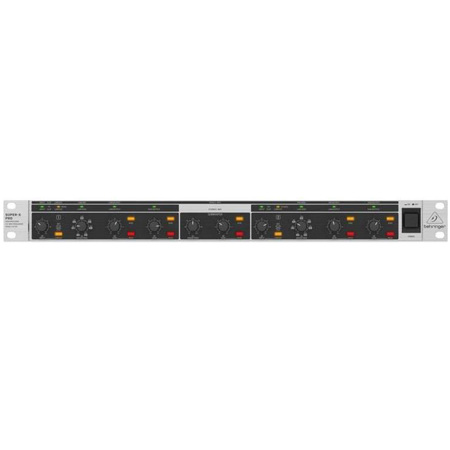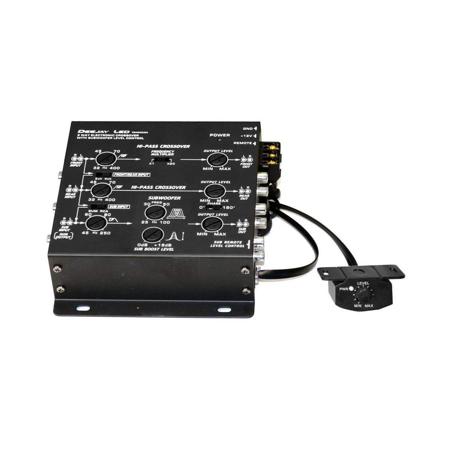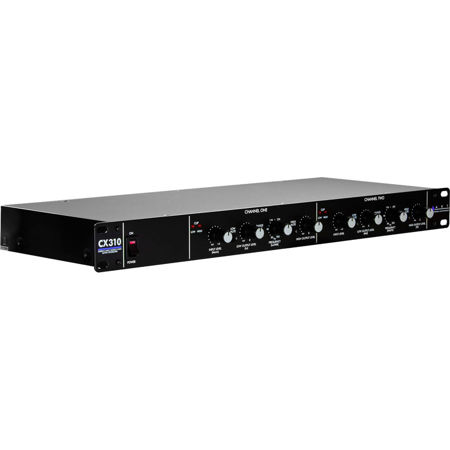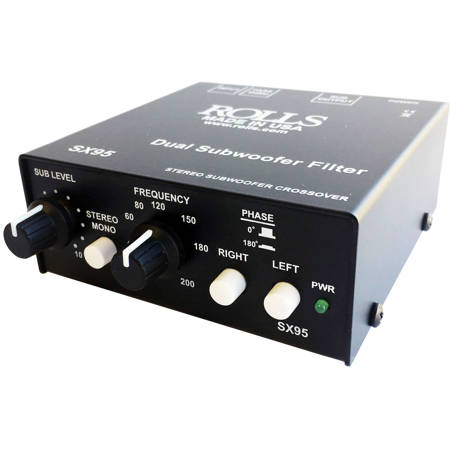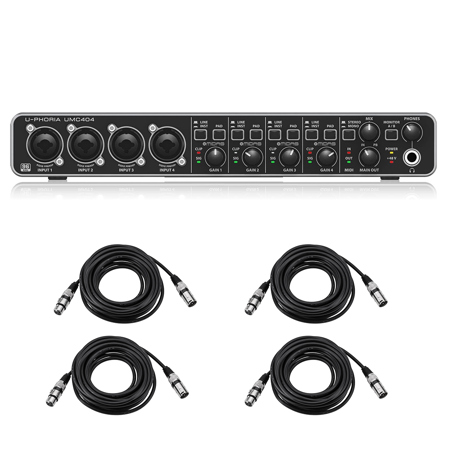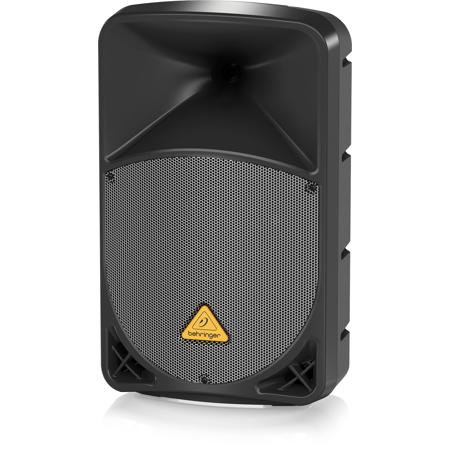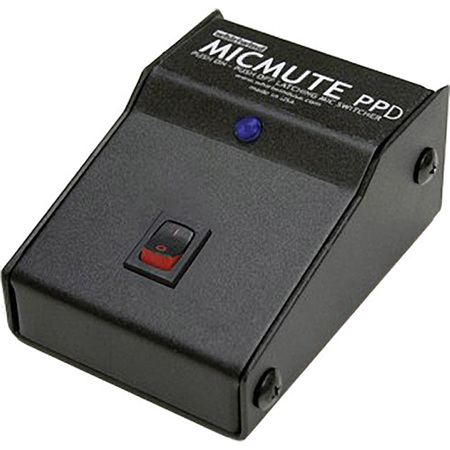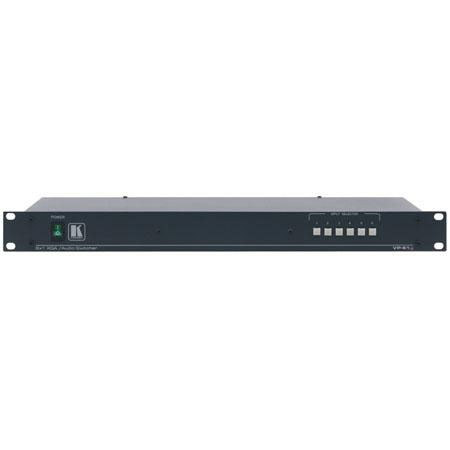Audio Crossovers
Audio crossovers are the unsung heroes in the world of high-fidelity sound, quietly shaping the listening experience by directing each frequency to its ideal destination. Whether you’re building a custom home theater, upgrading a studio monitor system, or assembling a live sound rig, crossovers play a pivotal role in ensuring clarity, precision, and protection for your speakers. By splitting the incoming audio signal into separate frequency bands—highs, mids, and lows—crossovers send only the appropriate frequencies to each driver, such as tweeters for shimmering cymbals, woofers for deep bass, and midrange drivers for vocals and instruments. This careful division prevents distortion and damage, allowing every component in your system to perform at its best. For enthusiasts who appreciate the tactile joy of vinyl in the fall or the immersive detail of a winter jazz session, a well-integrated stereo crossover can mean the difference between muddled sound and an audio landscape where every note shines with intention.
Selecting an audio crossover involves a blend of technical understanding and personal preference. Passive crossovers, often found inside speaker cabinets, use components like inductors and capacitors to filter frequencies after amplification. These are ideal for straightforward setups and are valued for their simplicity and reliability. Active crossovers, on the other hand, process the signal before it reaches the amplifier, offering advanced control over crossover points, slopes, and phase alignment. This flexibility makes them a favorite among audio professionals and passionate hobbyists who want to fine-tune their system for a specific room or musical style. The choice of crossover frequency and slope is crucial; a gentle 6dB slope might suit a relaxed listening room, while steeper 24dB or 48dB slopes are often preferred for high-powered live sound to ensure a crisp transition between drivers. For those gifting audio gear this season, a crossover can be a thoughtful addition for musicians, DJs, or anyone upgrading a sound system, offering both immediate sonic improvements and long-term protection for their investment. And for those looking to expand their setup, pairing a crossover with compatible components like Digital Audio Splitters can open up even more possibilities for routing and managing complex audio signals.
In practice, the impact of a well-chosen crossover is both measurable and deeply felt. Imagine settling in for a cozy November evening, the air tinged with the scent of woodsmoke, as your favorite album plays through a system where each driver is perfectly matched to its frequency range. The bass is tight and controlled, the vocals are present and lifelike, and the highs sparkle without harshness. In a recording studio, crossovers ensure that what the artist hears is an honest representation of the mix, free from coloration or distortion. On stage, they protect sensitive tweeters from the rigors of powerful bass lines, ensuring reliable performance night after night. Whether you’re a seasoned audio engineer, a home theater enthusiast, or someone looking for the perfect gift for a music lover, understanding and investing in the right audio crossover can elevate every listening experience, making each note, beat, and lyric more vivid and true.
Selecting an audio crossover involves a blend of technical understanding and personal preference. Passive crossovers, often found inside speaker cabinets, use components like inductors and capacitors to filter frequencies after amplification. These are ideal for straightforward setups and are valued for their simplicity and reliability. Active crossovers, on the other hand, process the signal before it reaches the amplifier, offering advanced control over crossover points, slopes, and phase alignment. This flexibility makes them a favorite among audio professionals and passionate hobbyists who want to fine-tune their system for a specific room or musical style. The choice of crossover frequency and slope is crucial; a gentle 6dB slope might suit a relaxed listening room, while steeper 24dB or 48dB slopes are often preferred for high-powered live sound to ensure a crisp transition between drivers. For those gifting audio gear this season, a crossover can be a thoughtful addition for musicians, DJs, or anyone upgrading a sound system, offering both immediate sonic improvements and long-term protection for their investment. And for those looking to expand their setup, pairing a crossover with compatible components like Digital Audio Splitters can open up even more possibilities for routing and managing complex audio signals.
In practice, the impact of a well-chosen crossover is both measurable and deeply felt. Imagine settling in for a cozy November evening, the air tinged with the scent of woodsmoke, as your favorite album plays through a system where each driver is perfectly matched to its frequency range. The bass is tight and controlled, the vocals are present and lifelike, and the highs sparkle without harshness. In a recording studio, crossovers ensure that what the artist hears is an honest representation of the mix, free from coloration or distortion. On stage, they protect sensitive tweeters from the rigors of powerful bass lines, ensuring reliable performance night after night. Whether you’re a seasoned audio engineer, a home theater enthusiast, or someone looking for the perfect gift for a music lover, understanding and investing in the right audio crossover can elevate every listening experience, making each note, beat, and lyric more vivid and true.

